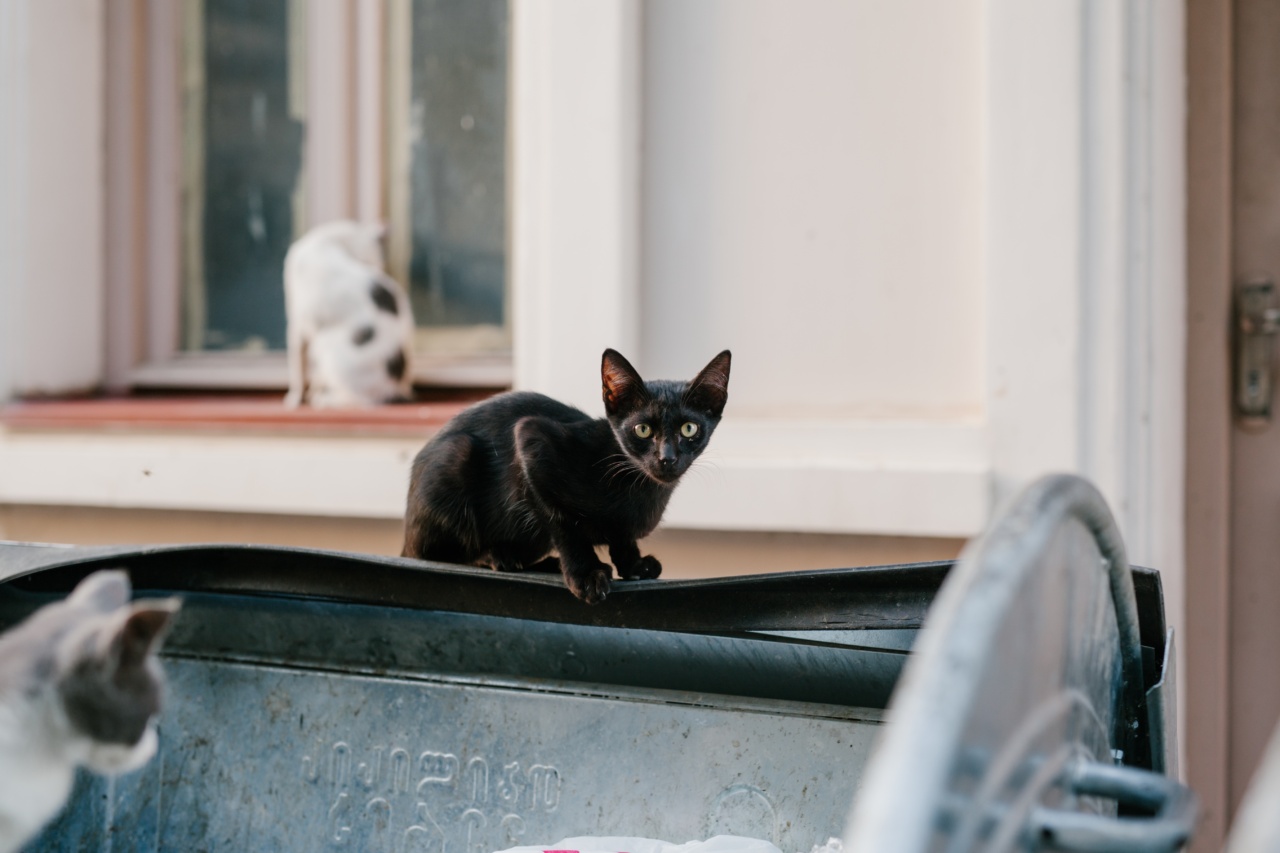Cats are known for their unique vocalizations that they use to communicate with humans and other animals. While meowing is one of the most common sounds cats make, it can have different meanings depending on the situation.
Understanding your cat’s meow is crucial in interpreting their needs and emotions. In this article, we will explore the various types of meows and what they might signify.
The Different Types of Meows
1. The Standard Meow: This is the most typical meow that cats use to seek attention or indicate hunger. It is often a short, high-pitched sound that can be repeated multiple times.
2. The Pleading Meow: Cats might use this meow when they want something from you, such as opening a door or giving them a treat. It is usually more drawn-out and can sound like a mix between a meow and a whine.
3. The Greeting Meow: When you come back home after being away, your cat might greet you with a special meow. It is often a short and excited sound, showing happiness and relief that you’ve returned.
4. The Indignant Meow: This meow is commonly heard when you wake your cat up from their nap or move them from their cozy spot. It is a protesting sound that indicates annoyance or displeasure.
5. The Warning Meow: Cats may use this meow when they sense danger or a potential threat nearby. It is often a low-pitched and intense sound, serving as a verbal alarm to alert you.
6. The Distressed Meow: If your cat is feeling scared or in pain, they might emit a distress meow. It is typically a loud, frantic sound that signifies their need for immediate help or comfort.
7. The Contented Purry Meow: Sometimes, your cat might accompany their meow with a gentle purr. This signifies that they are in a peaceful, happy state and simply want to communicate their satisfaction.
8. The Silent Meow: While not technically a vocalization, some cats have perfected the art of a silent meow. They open their mouths as if meowing but produce no sound.
It is often used to get your attention or express a desire without making any noise.
9. The Playful Meow: During playtime, cats might use a special meow to signal their excitement and invitation to engage with them. It can be similar to a chirp or a trill.
10. The Motherly Meow: When a mother cat communicates with her kittens, she often uses a soft, comforting meow. It is a way of showing love and care, guiding her babies and keeping them close.
Interpreting Your Cat’s Meow
While it’s essential to recognize the different types of meows, it is equally important to consider the accompanying body language and context. Here are some tips to help you understand what your cat’s meow might mean:.
1. Volume: The volume of the meow can indicate the urgency or intensity of the message. A louder meow might signify distress or a strong desire for attention.
2. Pitch: Cats often use higher-pitched meows when they are seeking something, such as food or playtime. Lower-pitched meows can indicate annoyance or warning.
3. Repetition: Pay attention to how many times your cat repeats the meow. Multiple meows in quick succession can indicate impatience or frustration.
4. Body Language: Look at your cat’s overall body language while they meow.
Are they rubbing against your legs, arching their back, or showing signs of aggression? Combining vocalizations with body language can help you better interpret their message.
5. Context: Consider the situation and environment when trying to understand your cat’s meow. Are they near their food bowl, their litter box, or a closed door? These clues can provide insight into their specific needs or wants.
Responding to Your Cat’s Meow
Once you have a better understanding of what your cat’s meow means, it’s important to respond appropriately and meet their needs. Here are some general guidelines:.
1. Provide Food and Water: If your cat’s meow indicates hunger or thirst, ensure their food and water bowls are filled. Stick to a consistent feeding schedule to minimize persistent meowing for food.
2. Create a Playful Environment: For cats that meow out of boredom or a desire to play, provide interactive toys and dedicate regular playtime to keep them mentally and physically stimulated.
3. Open Doors or Windows: If your cat’s meow is directed towards a closed door or window, check if they want to explore a different area or have access to perching spots.
4. Provide Comfort and Reassurance: If your cat’s meow is distressful or implies pain, seeking immediate veterinary attention is crucial.
For less urgent situations, offering gentle strokes, cozy bedding, and a calm environment can help reassure them.
5. Respect Boundaries: In certain circumstances, your cat’s meow might indicate a need for personal space or time alone. It’s important to respect their boundaries and provide them with safe areas where they can retreat.
Conclusion
Understanding your cat’s meow is an invaluable skill in strengthening the bond between you and your feline companion.
By paying attention to various factors such as volume, pitch, repetition, body language, and context, you can decode their vocalizations and respond appropriately. Listening to your cat’s meow and fulfilling their needs will contribute to a happier and more harmonious relationship with your beloved pet.





























